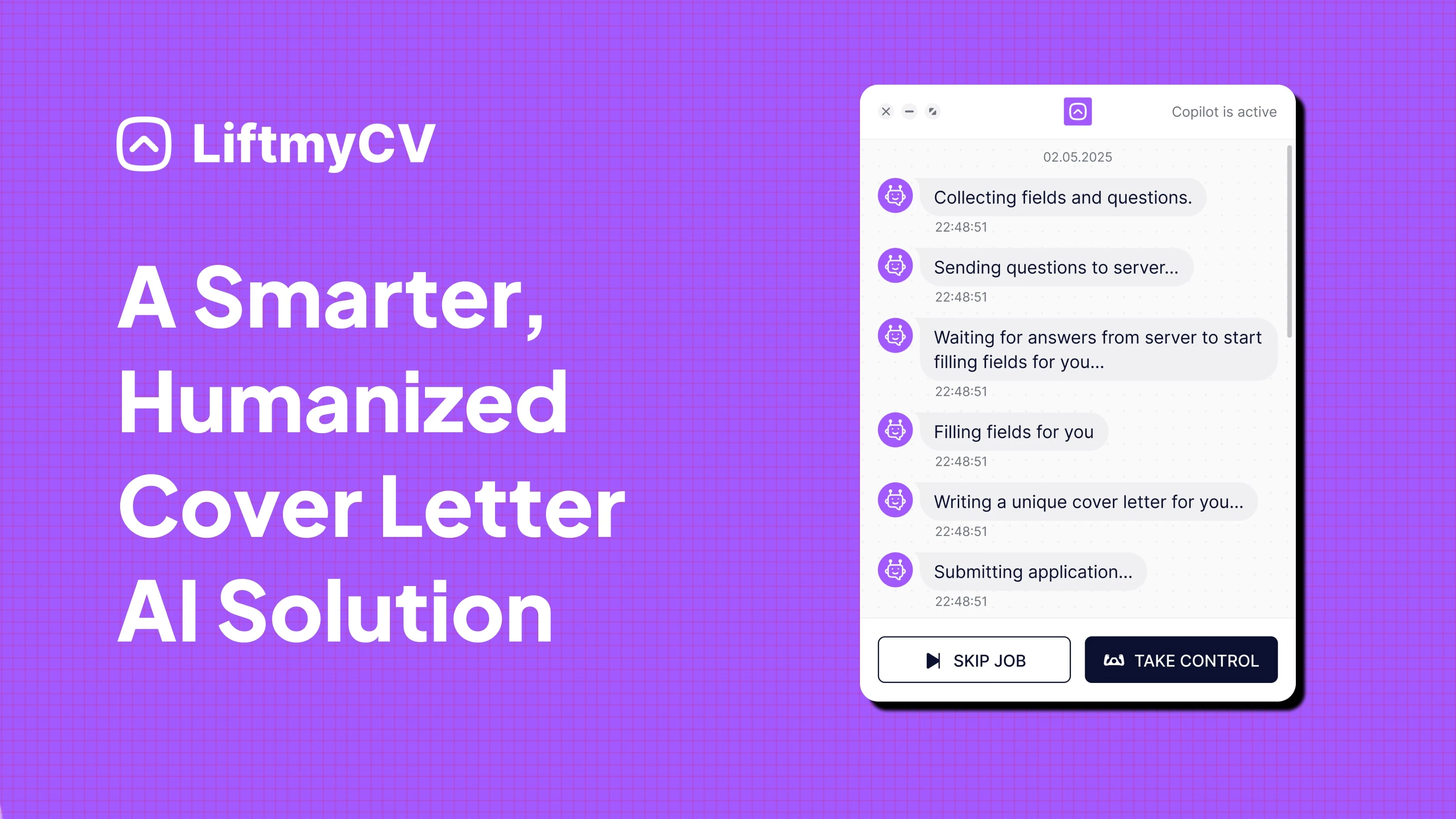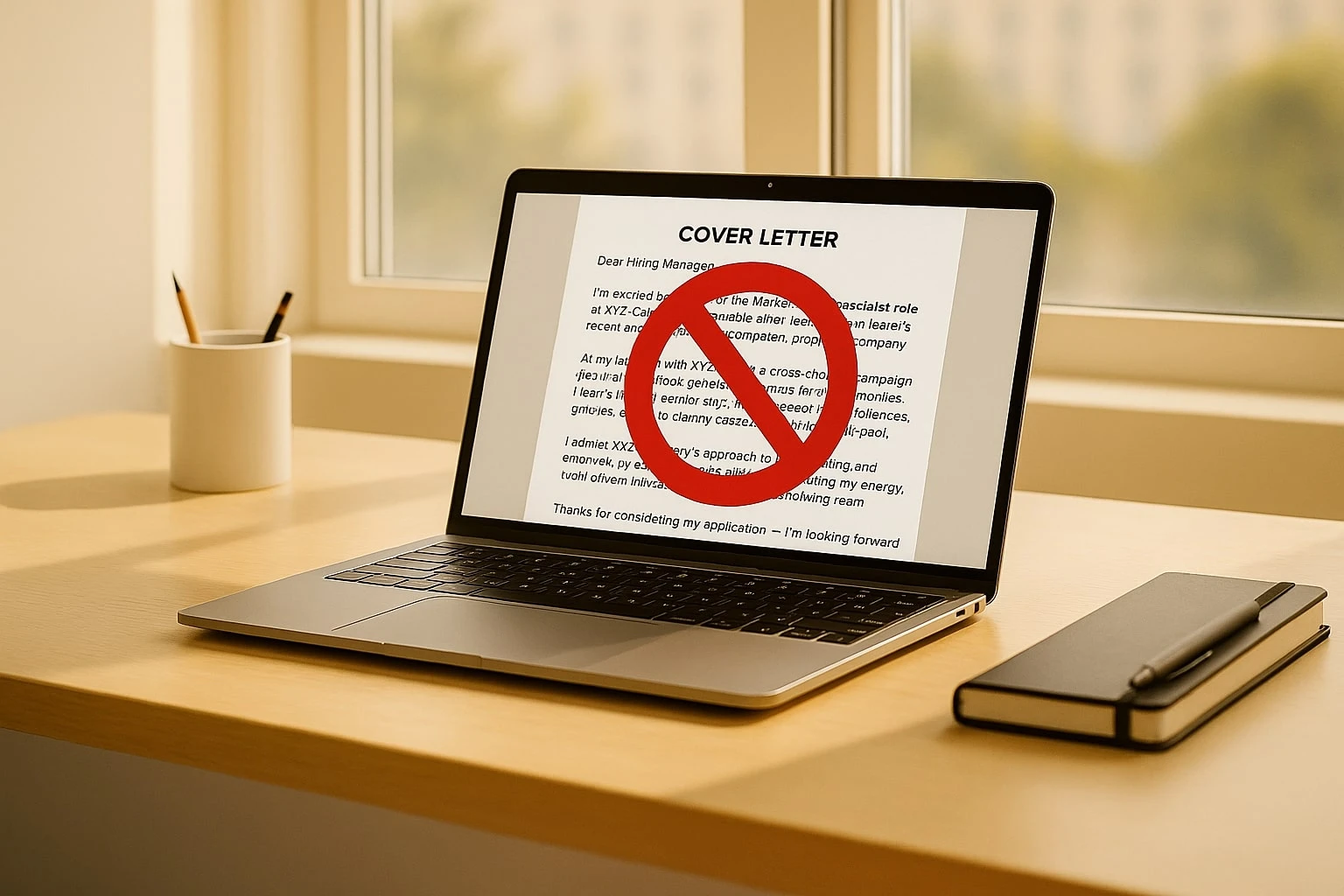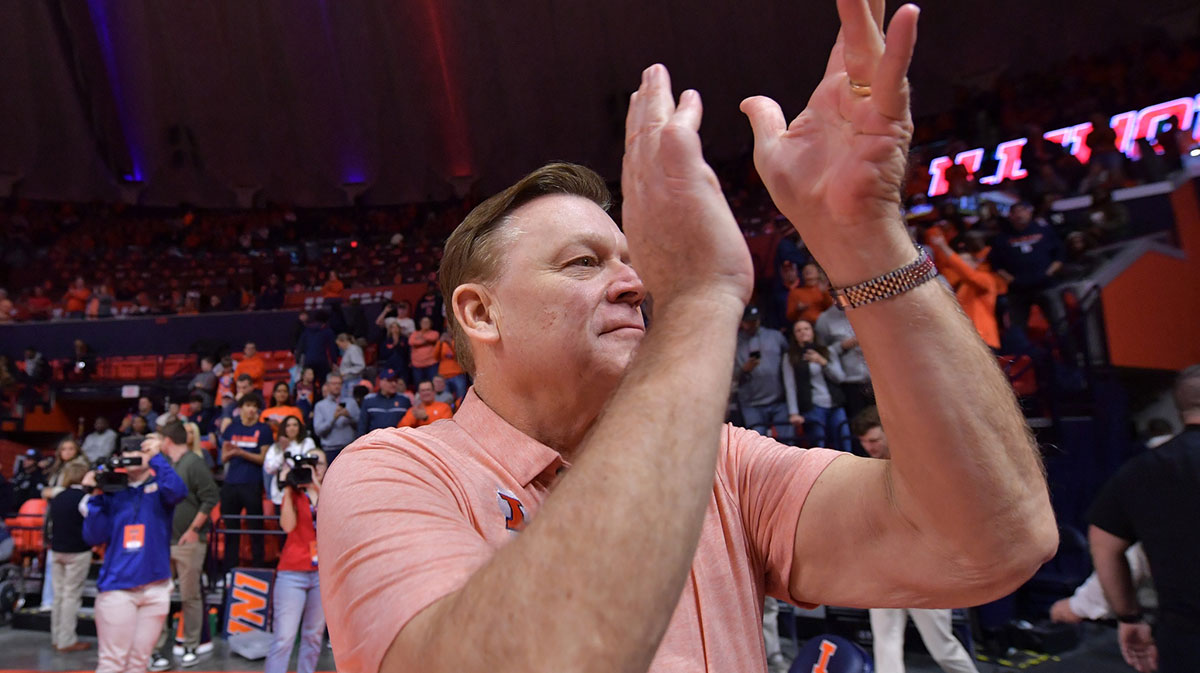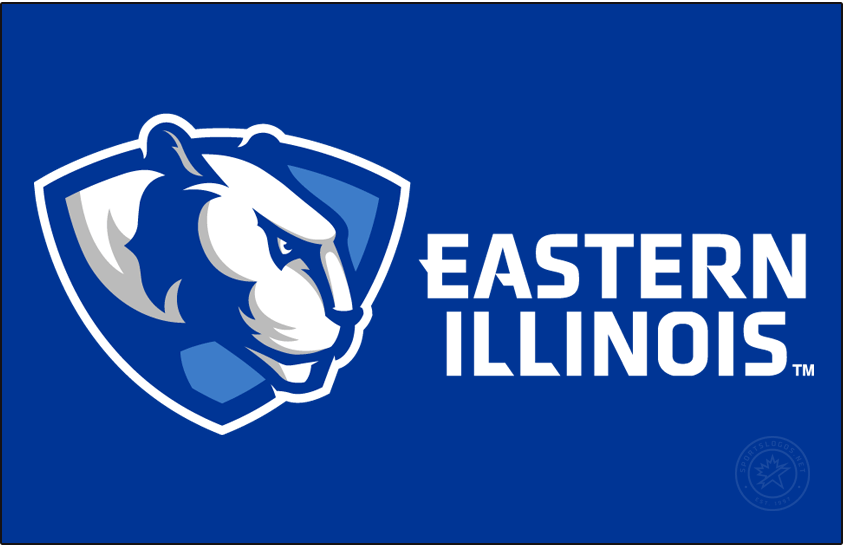A solid generator should let you define how you want to sound. Formal or friendly? Concise or detailed? Do you want bullet points or paragraphs?
Look for tools that give you sliders or prompt options like:
This makes the AI feel like a writing partner — not a black box.
Many job applications on LinkedIn and ATS platforms include , short text boxes, or even mini writing tests. Most AI tools ignore these fields entirely.
The better ones help you complete these too — using the same contextual understanding.
For instance, can automatically respond to open-ended fields like “Why do you want to work here?” or “Tell us about a recent project” — pulling from your experience and the job’s requirements.
That’s not just automation. That’s intelligent assistance.
Good AI tools should let you tweak, regenerate, or save multiple versions of your cover letter — especially if you’re experimenting with style or applying to similar roles across different companies.
Bonus points if the tool includes a or allows you to store multiple drafts per job.
In short: a great AI cover letter generator doesn’t just save you time. It gives you control, context, and content that feels intentional — not robotic.
In the next section, we’ll explore common mistakes people make when using AI to write their cover letters — and how to avoid sending something that sounds too good to be human.
A big shift is happening in how job seekers write cover letters:
Today’s most effective candidates don’t send the same letter to every employer. They use AI tools to generate a , aligned with the description, keywords, and role expectations.
But here’s the catch: . You paste a job description into a prompt, copy the result, tweak it in Google Docs, maybe export to PDF… then repeat the whole thing for the next job.

Instead of generating drafts you have to manage manually, LiftmyCV automatically:
It’s — with zero friction.
In other words,
AI tools can make the cover letter process faster, easier, and far less intimidating — but only if you know how to use them properly. And let’s be real: many candidates don’t.

Too often, job seekers treat AI like a magic machine that can do all the work for them. The result? A flood of generic, awkward, and obviously AI-generated cover letters that hurt more than they help.
Here are the most common mistakes — and how to avoid them.
This is mistake #1. You click “Generate,” get a decent-looking letter, and… immediately paste it into your application.
The problem? You didn’t even check if:
Even the best AI makes assumptions. You need to verify and adjust the result. Think of the AI as your — not your final editor.
Garbage in, garbage out.
If you only give the tool your name and a vague job title, the output will be equally vague. Great results require good inputs:
The more you give the AI to work with, the more accurate — and personalized — the letter becomes.
Some AI tools default to stiff, old-school corporate language:
“I am writing to express my enthusiastic interest in the aforementioned position at your esteemed organization.”
Yikes.
If it doesn’t sound like something you would say, rewrite it. Remove outdated phrases. Inject your real voice. The best cover letters feel human — even if they started with a machine.
Spellcheck matters. Formatting matters. Flow matters.
Read your letter out loud. Does it sound natural? Does it match the job description? Is there any redundancy or awkward phrasing?
If something feels off — fix it. Even if you’re using a strong AI generator, it’s worth reviewing what goes out under your name. You can tweak individual sections, tighten the tone, or simply make sure the letter sounds like you.
Think of it this way: AI can take you 80% of the way — but that last 20% is where most people give up. If you finish strong, you’ll already be ahead of 90% of applicants.
Let’s walk through a real example of what an AI-generated cover letter might look like — and how a few thoughtful edits can take it from “okay” to “interview-worthy.”
Dear Hiring Manager,
I am writing to express my interest in the Marketing Specialist position at XYZ Company. With a strong background in digital marketing and content creation, I believe I would be a valuable addition to your team.
In my previous role, I was responsible for managing social media campaigns and analyzing performance metrics. I am passionate about marketing and always strive to stay updated with industry trends.
Thank you for considering my application. I look forward to the opportunity to contribute to your team.
Sincerely,
John Smith
This version isn’t terrible — but it’s also forgettable. It’s vague, impersonal, and could be sent to any company.
Let’s see how we can improve it.
Dear [Hiring Manager’s Name],
I’m excited to apply for the Marketing Specialist role at XYZ Company — especially after seeing your team’s recent work on the [mention recent campaign, product, or company milestone].
At my last role with [Previous Company], I led a cross-channel campaign that increased lead generation by 42% in under 3 months. I love finding creative ways to connect with audiences, and I’ve consistently used data to fine-tune messaging across email, social, and paid.
I admire XYZ Company’s approach to storytelling and your emphasis on brand authenticity. I’d love to bring my energy, creativity, and data-driven mindset to your growing team.
Thanks for considering my application — I’m looking forward to learning more about the role and how I can contribute.
Best regards,
John Smith
This is the sweet spot: let AI give you a great starting point, then layer in your personality, details, and intent.
Tools like can help here — they generate unique letters per job, and allow you to tweak any paragraph individually using AI suggestions (so you don’t have to rewrite the whole thing manually).
Next, we’ll wrap up the guide with practical tips for choosing the right tool, plus a quick checklist to automate your job search the right way.
AI is changing how people apply for jobs — but just like with resumes or interviews, .
You don’t need to be a tech expert or a full-time job hunter to benefit from AI. But you do need a strategy. Because what’s at stake here isn’t just time — it’s visibility, relevance, and momentum in your job search.
Think of AI as your , not your final voice.
When you’re applying to multiple roles per week — especially across platforms like LinkedIn, Monster, or Workable — the ability to generate custom cover letters quickly is a real advantage. But only if those letters are tailored, clean, and human-sounding.
Some AI platforms allow you to:
These features save hours, reduce mental fatigue, and help you focus on preparing for actual interviews.
If you’re looking for a platform that supports all of that, is one of the tools worth exploring. It’s built specifically for job seekers who want speed and quality — without cutting corners.
You can try it for free, no credit card required.
In a world where most applicants are blasting out generic resumes,
And with the right tools, that’s finally possible.











